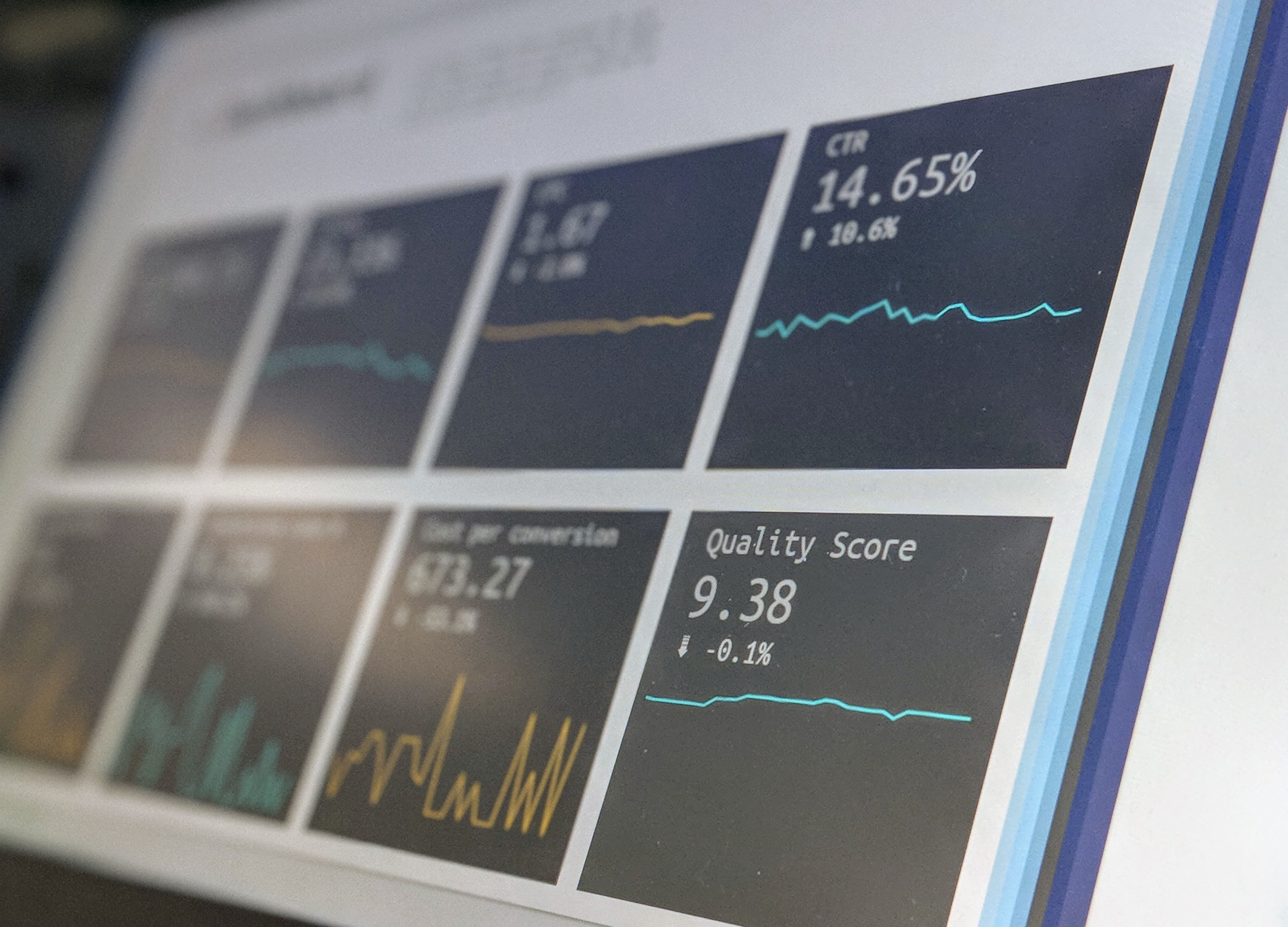
403
Sorry!!
Error! We're sorry, but the page you were looking for doesn't exist.
US services sector sees rebound in July, easing recession fears
(MENAFN) Activity in the U.S. services sector saw a notable rise in July, rebounding from a four-year low as new orders and hiring picked up. This resurgence could help alleviate fears of a recession that had been stoked by the previous month's high unemployment rate. According to the Institute for Supply Management (ISM), the non-manufacturing purchasing managers' index (PMI) climbed to 51.4 points in July, up from 48.8 in June, which had marked its lowest level since May 2020. A PMI reading above 50 points indicates growth within the services sector, which constitutes more than two-thirds of the U.S. economy. ISM generally considers readings above 49 points as indicative of overall economic expansion. The rise in the PMI surpassed economists' expectations, who had forecasted a modest increase to 51, according to a poll.
Recent government data revealed that the unemployment rate increased to a nearly three-year high of 4.3 percent in July from 4.1 percent in June, reflecting a slowing labor market as demand wanes due to the Federal Reserve's interest rate hikes in 2022 and 2023. Last week, the Federal Reserve maintained overnight interest rates within the range of 5.25 percent to 5.50 percent. Despite the rising unemployment rate, the ISM survey provided a more optimistic outlook. The survey indicated that the new orders index rose to 52.4 from June's 47.3, which had been its lowest point since December 2022. Additionally, the services sector employment index increased to 51.1 from 46.1 in June. These improvements support the view that the slowdown in nonfarm payrolls in July may not signify the onset of a broader deterioration in the labor market.
The positive movement in the services sector PMI, coupled with the rise in new orders and employment, suggests that the U.S. economy may be more resilient than previously thought. This resilience is crucial as the country navigates through the challenges posed by higher interest rates and attempts to stave off recession fears. The ISM's findings highlight the sector's ability to adapt and grow, despite the broader economic headwinds, offering a glimmer of hope for sustained economic stability.
Recent government data revealed that the unemployment rate increased to a nearly three-year high of 4.3 percent in July from 4.1 percent in June, reflecting a slowing labor market as demand wanes due to the Federal Reserve's interest rate hikes in 2022 and 2023. Last week, the Federal Reserve maintained overnight interest rates within the range of 5.25 percent to 5.50 percent. Despite the rising unemployment rate, the ISM survey provided a more optimistic outlook. The survey indicated that the new orders index rose to 52.4 from June's 47.3, which had been its lowest point since December 2022. Additionally, the services sector employment index increased to 51.1 from 46.1 in June. These improvements support the view that the slowdown in nonfarm payrolls in July may not signify the onset of a broader deterioration in the labor market.
The positive movement in the services sector PMI, coupled with the rise in new orders and employment, suggests that the U.S. economy may be more resilient than previously thought. This resilience is crucial as the country navigates through the challenges posed by higher interest rates and attempts to stave off recession fears. The ISM's findings highlight the sector's ability to adapt and grow, despite the broader economic headwinds, offering a glimmer of hope for sustained economic stability.

Legal Disclaimer:
MENAFN provides the
information “as is” without warranty of any kind. We do not accept
any responsibility or liability for the accuracy, content, images,
videos, licenses, completeness, legality, or reliability of the information
contained in this article. If you have any complaints or copyright
issues related to this article, kindly contact the provider above.























Comments
No comment